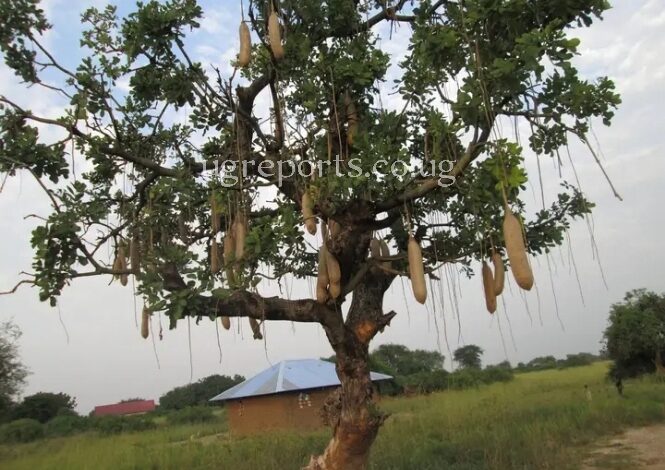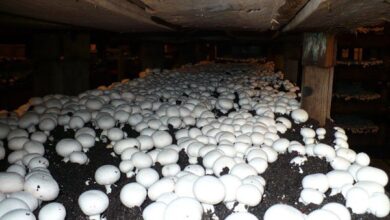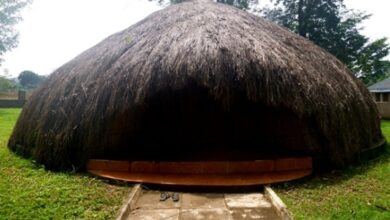
Health: Kigelia africana, commonly known as the sausage tree, is a fascinating plant native to tropical Africa.
The genus Kigelia comprises only one species: Kigelia africana. This tree can grow up to 20 meters (66 feet) tall, with spreading branches.
Its bark starts off smooth and gray, eventually peeling on older trees, and the wood is pale brown or yellowish and doesn’t crack easily.
Leaves are evergreen in regions with year-round rainfall but become deciduous during long, dry seasons. The leaves are pinnate, with six to ten oval leaflets up to 20 centimeters (8 inches) long.
The terminal leaflet may or may not be present. Flowers hang down from branches on long, flexible stems (up to 7.5 meters or 25 feet long).
These bell-shaped flowers are orange to maroon or purplish green and about 10 centimeters (4 inches) wide.
The fruit of the sausage tree is a woody berry, ranging from 30 to 99 centimeters (12 to 39 inches) long and up to 18 centimeters (7 inches) in diameter.
The fruit can weigh between 5 and 10 kilograms (11 and 22 pounds), occasionally reaching up to 12 kilograms (26 pounds).
The fruit pulp is fibrous and contains many seeds.
The genus name, Kigelia, originates from the Mozambican Bantu name kigeli-keia.
Common names include sausage tree and cucumber tree, referring to the long, sausage-like fruit.
In Afrikaans, it’s called worsboom, which also means sausage tree.
Interestingly, its Arabic name translates to “the father of kit bags.”
- Uses:
- Skin Benefits: Kigelia africana is used in skincare products for its healing, firming, and calming properties. It helps reduce fine lines, wrinkles, and hyperpigmentation.
- Ecology: Some birds are attracted to its flowers, and the strong stems provide ideal footholds. The night-scented flowers suggest adaptation to pollination by bats, which visit them for pollen and nectar.
Health benefits
The sausage tree boasts a rich history of medicinal applications across tropical Africa. Let’s delve into its health benefits:
- Skin Health and Healing:
- Kigelia extracts possess potent antimicrobial and anti-inflammatory properties.
- They are effective in treating various skin conditions, including:
- Acne: Kigelia-infused creams or ointments can be applied directly to affected areas.
- Eczema: Topical use of Kigelia helps alleviate eczema symptoms.
- Psoriasis: The plant aids in managing psoriasis-related inflammation.
- Fungal Infections: Kigelia-based products combat fungal skin issues.
- Anti-Aging Benefits:
- Kigelia has been explored for its anti-aging effects.
- It promotes skin tightening and reduces wrinkles when used in serums or creams.
- Traditional Uses:
- In traditional medicine, crushed, dried, or fresh Kigelia fruits are employed to:
- Treat ulcers, sores, and syphilis dueto their antibacterial activity.
- Heal wounds and alleviate pain associated with rheumatism andarthritis.
- Today, beauty products and skin ointments are prepared from Kigelia fruit extracts.
- In traditional medicine, crushed, dried, or fresh Kigelia fruits are employed to:
- Cultural Significance:
- Beyond its medicinal properties, Kigelia holds cultural importance in African communities.
- Its unique fruit shape has inspired myths and stories, often linking the tree to supernatural forces.
- In some cultures, Kigelia wood is used for crafting intricate masks and sculptures.
Next time you encounter a sausage tree, remember its multifaceted contributions to health and culture!
Do you have an advertisement or article you want to publish? Mail us at theugreports@gmail.com or WhatsApp +256757022363.






